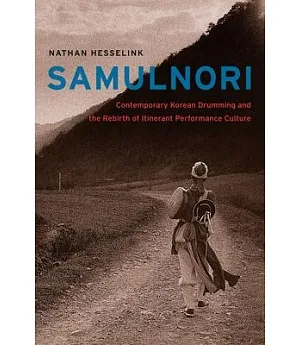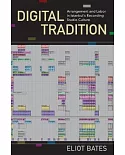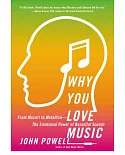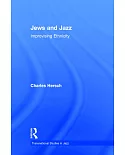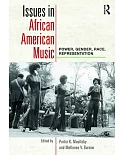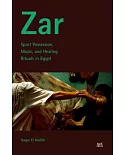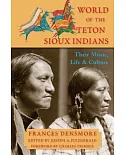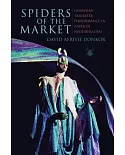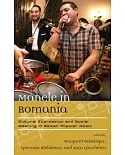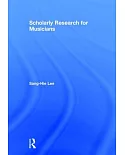In 1978, four musicians crowded into a cramped basement theater in downtown Seoul, where they, for the first time, brought the rural percussive art of�p'ungmul�to a burgeoning
urban audience. In doing so, they began a decades-long reinvention of tradition, one that would eventually create an entirely new genre of music and a national symbol for Korean culture.
��������������� Nathan Hesselink's�SamulNori�traces this reinvention through the rise of the Korean supergroup of the same name, analyzing the strategies the group employed to
transform a museum-worthy musical form into something that was both contemporary and historically authentic, unveiling an intersection of traditional and modern cultures and the
inevitable challenges such a mix entails. Providing everything from musical notation to a history of urban culture in South Korea to an analysis of SamulNori's teaching materials and
collaborations with Euro-American jazz quartet Red Sun, Hesselink offers a deeply researched study that highlights the need for traditions��f they are to survive��o embrace both
preservation and innovation.�

